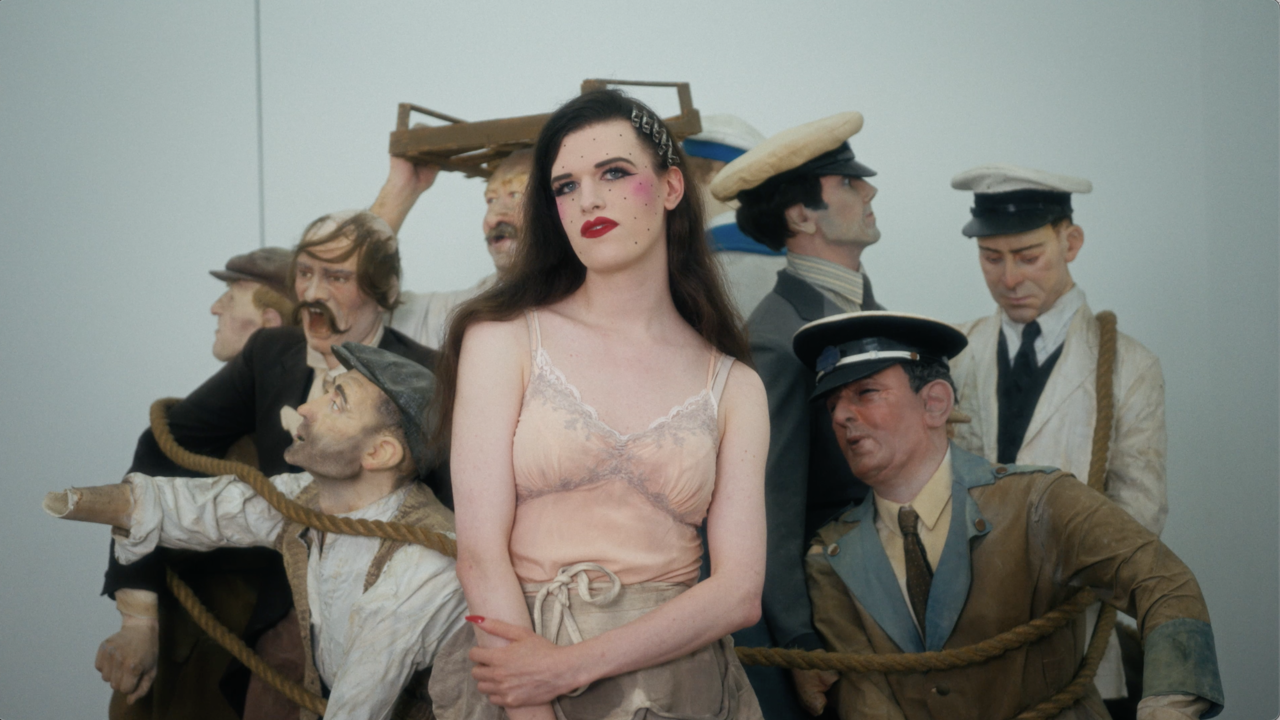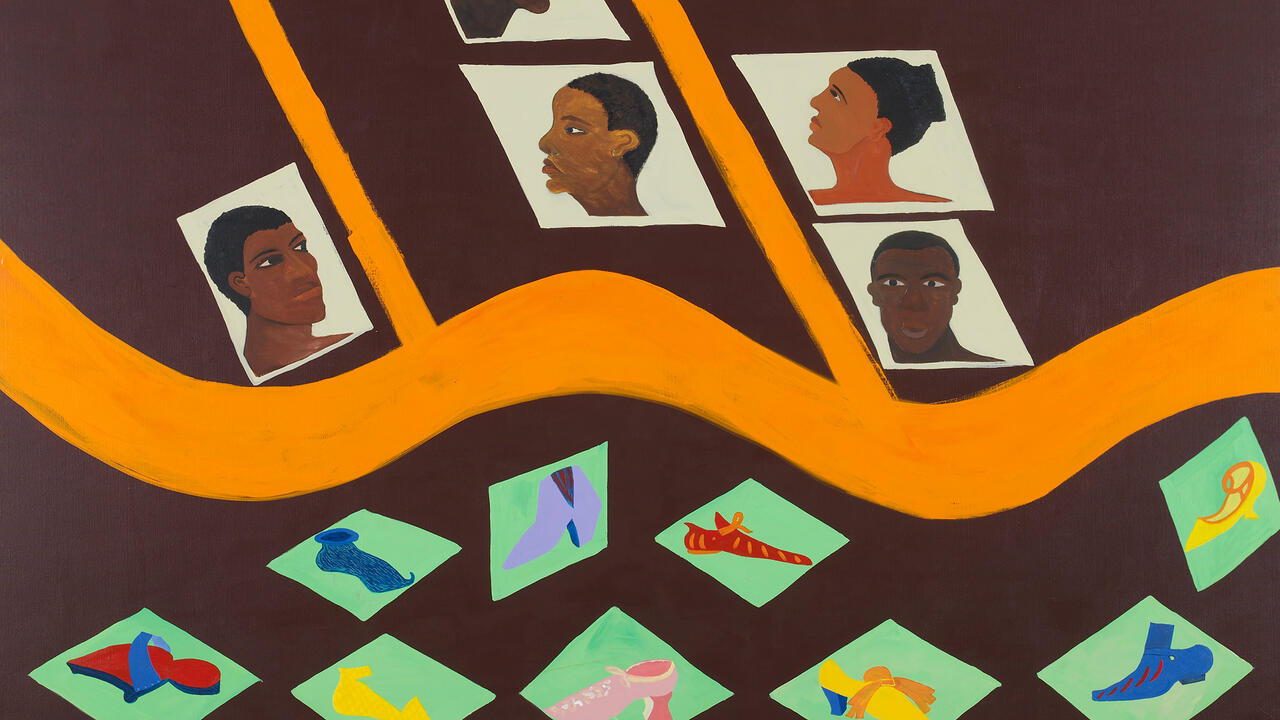Juliette Blightman
Quiet afternoons and meditations on the malleability of time
Quiet afternoons and meditations on the malleability of time

Juliette Blightman is a clock-watcher; 3pm – an in-between sort of moment – is a time of day she is particularly fond of. She creates brief, bleached, deeply personal films as delicate as watercolours, and minimal performances (perhaps too dynamic a word for things so modest). She also spins words into various shapes of deceptive simplicity. However, although a meditative, occasionally deadpan, atmosphere suffuses her work, something tougher binds it – an obsession with time and its contradictions.
In 2007 Blightman (who is English and based in London and Berlin) made a series of 16mm films comprising single shots of domestic interiors, a forest and a terrace, each of which lasts around three minutes. For the first two and a half minutes the camera is fixed but in the last few seconds it pans suddenly to another part of the scene. These films are all shot on a clockwork camera which the artist has to constantly wind up, and projected from a clattering projector, the noise of which only serves to reinforce the quietness of the images – a reversal of how we usually watch movies. Like words plucked from the midst of a longer tract, many of her titles, which hover somewhere between the declarative and the enigmatic, are in lower case, without punctuation. an autonomous sphere of activity (2007) opens on an image of a clock, a white wall and a pipe; the film flickers and crackles, recalling old newsreels or home movies. After two minutes and 21 seconds the camera suddenly drifts to the left, and lingers for about 15 seconds on the view through a window – pot plants, a lush garden, a building across the road, a white curtain – the colours as mottled and as nervous as memory. as a period in which nothing happens (2007) is a study of a neat suburban living room. An episode of Agatha Christie’s Poirot is playing on the television and two cars drive by in the distant street; when the camera pans, it moves to another window, another garden.

Every object or image the artist uses has personal significance for herself or her family, a past lover, or friends; Blightman is less interested in scrutinizing individuals than in the traces they leave behind. Privileging observation over action, she wilfully disregards the more dynamic possibilities of film, slowing everything down until it almost stops, and regarding the minutiae of surfaces with the intensity of a still-life painter.
In 2008, as part of ‘Nought to Sixty’, the six-month series of exhibitions by emerging artists at London’s Institute of Contemporary Arts, Blightman placed a fishbowl – complete with water and goldfish – alongside a pot plant and an apple on a window sill in the gallery. Titled please water the plant and feed the fish (2008), Blightman asked her brother, Charlie, to come in every day at 3pm and do as the title of the work demanded – which he did, restructuring his day in order to accommodate her request. This modest performance was an homage to the commonplace repetitions that can, conversely, lend meaning and structure to our lives.
Earlier this year, Blightman was invited by students of London’s Royal College of Art curating course to participate in their experimental institution, the Office of Real Time Activity. Her response was songs without words (from the 2009 series ‘no readmittance’), a work that combined performance and installation. It comprised a projected slide of a Pre-Raphaelite painting by Lord Frederic Leighton, Songs Without Words from 1861–2, (a title she likes because it implies you can hear the painting); a rug and a chair from her mother’s house; a fly (an organism with a supremely brief life-expectancy) that Blightman released from a jar at the beginning of the performance; a lamp and a radio broadcast of the weather report that, along with the lamp, seemingly turned itself on during the performance. The piece began at 3pm and took place near a window that overlooks the RCA library, reiterating that everyday life always happens alongside art. Blightman mentioned to me that she wanted to make clear with this work that when it feels as if nothing is happening, if you look closely enough, you’ll notice there is actually quite a lot going on.

In May this year, Blightman, who was heavily pregnant, was invited to make a work at the Staatlichen Kunsthalle Baden-Baden by the Berlin artist-run space Silberkuppe, at which I too, coincidentally, was invited to do a reading. For three days, Blightman sat at a desk with a pot of ‘Katzen’ grass next to her (a plant cats like to eat to keep healthy) – she also gave another pot of grass to an invigilator to look after. She typed stream-of-consciousness observations about her surroundings on an old typewriter – a device she likes, she says, because it is won’t allow her to correct her thoughts or hide mistakes. Titled grasses grow and they make a shadow so just as grasses grow, Blightman wrote about visitors in the gallery, her baby moving inside her, her mother’s cat Licky who had died the morning she began the work, grass and flies, artists talking or installing work, the light, the typewriter itself, the ways words look on the page, and other idle thoughts running through her head. The finished text runs to around 40 pages. It is weirdly compelling, full of spelling mistakes and unfinished sentences and reads like a meandering, melting sort of concrete poem that at its core wanders around the question of time: namely, if it is fixed, why is it seemingly so malleable, its passing so subjective?






















